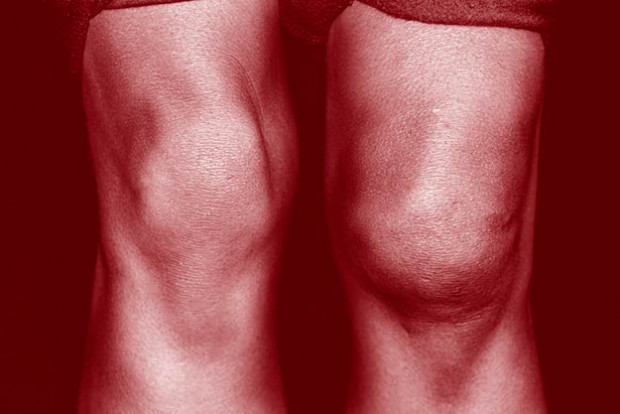It’s an agonizing, yet all too common scene on Monday Night (or Monday afternoon, if you live in Hawaii): a wide receiver, crumpled on the turf, clutching his knee, writhing in pain. Injury to the ACL, or Anterior Cruciate Ligament, is one of the most common sidelining injuries for professional football players.
 According to a recent article in Medscape, the main reason is not high-impact collisions as many originally thought, but something far less conspicuous – body position. “Players in the NFL are tearing their ACLs with movements that were identified as risk factors in female soccer and basketball players in the 1990s”, said Bert Mandelbaum, MD, an orthopedic sports doctor who helped design an injury-prevention program for the Fédération Internationale de Football Association (FIFA).
According to a recent article in Medscape, the main reason is not high-impact collisions as many originally thought, but something far less conspicuous – body position. “Players in the NFL are tearing their ACLs with movements that were identified as risk factors in female soccer and basketball players in the 1990s”, said Bert Mandelbaum, MD, an orthopedic sports doctor who helped design an injury-prevention program for the Fédération Internationale de Football Association (FIFA).
Dr. Mandelbaum and his colleagues analyzed 27 ACL injuries that occurred during the 2013/14 NFL season, and found that two-thirds happened without contact between players. The players were mostly near the line of scrimmage and were injured while planting or cutting to change direction. Much like the injuries he saw in soccer in basketball players, a combination of valgus leg position (when the knee bows inward) and muscle exertion was the primary culprit.
While it’s still early in the research process, we’re excited to see what comes of this study, and if NFL teams will adjust their injury prevention techniques. Early support is already growing. Matthew Matava, MD, team physician for the St. Louis Rams and past president of the NFL Physicians Society, has signed on to help with the study.



